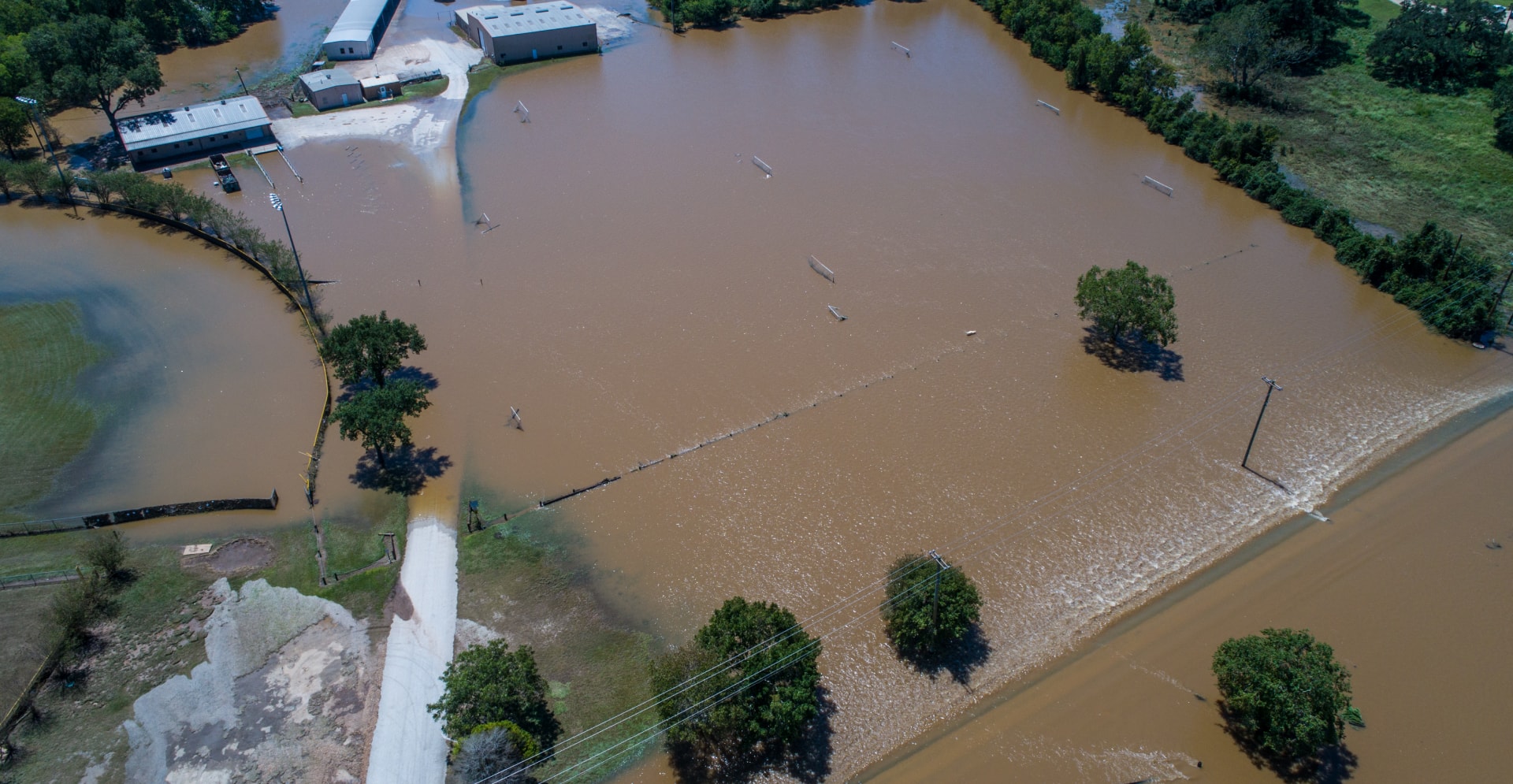With storms becoming stronger and more frequent, proactive resilience should be a top priority. Lessons learned during Hurricane Harvey can help you design a holistic approach to protecting assets – including employees – and business continuity.
I’ve had the unique opportunity to help clients through two of the most significant storms in the past decade, Hurricanes Sandy and Harvey. With Harvey in particular, I’m seeing company leaders make a concerted shift towards proactive resilience planning. Applying the lessons they learned the hard way might be the difference between staying operational and shutting down when a hurricane or other extreme weather event hits.
Don’t be fooled, it can happen to you
As is the case in most areas not used to dealing with historic hurricanes, Harvey shattered the “it can’t happen here” illusion. When the storm was closing in on the coast, the flood maps that many companies were using suggested their facilities would be safe. Clearly, that was not the case.
Industry needs to accept that extreme scenarios are going to happen more often as storms become stronger and more frequent. Accelerating climate change will bring floods to historically safe areas, more companies should start acting like it.
Develop an appetite for data
Your best solutions will be planned by using accessible, forward-looking data. Models for all types of scenarios – rainfall, flooding, storm surges, wave energy, sea level rise and other events – can be useful in identifying potential risks. However, there are some caveats to keep in mind:
- No model is perfect. Combining insights from different models is a better way to get idea of the realistic scenarios you could face during hurricane season.
- Models don’t always produce engaging outputs. Investing in dashboards that translate complex datasets for operations and business leaders can make it easier to strategize for unexpected events.
- Data about your facility matters, too. Whenever we work with a client on managing flood risk for a facility, we begin with a thorough evaluation of its unique resilience risk and opportunities. A holistic, programmatic approach is the only way to cover all bases and unveil effective opportunities to protect assets and operations.
Combine forces with financial planning models
Even with a steady stream of useable data, decisions will inevitably come down to costs. In a perfect world, every organization could afford to protect itself against any resilience impact. Unfortunately, bad investments can be as harmful to revenue as a flood event, giving some organizations analysis paralysis around resilience planning.
Strategies that embed risk management alongside financial planning can maximize your capital. Blending the advanced modeling data with the powerful financial modeling tools you already use can help the organization invest with confidence. That way, critical assets will receive immediate protection while leaving room to close other resilience gaps down the line.
Explore outside risks and opportunities
Another tough lesson for companies along the Gulf Coast was how Harvey exposed weak points outside of facilities. There were supply chain breaks, parts shortages, even cases where the facility was fine, but employees had no way to get there safely. Ignoring outside risks can stretch a few days of lost revenue into one or two weeks’ worth.
The companies leading the way in improved resilience plans are taking those outside factors into account. More clients are asking about roadway impacts and techniques for staffing issues. Some organizations are looking into strengthening the supply chain to stay operational for longer.
Investigating these issues can reveal powerful co-benefit opportunities with outside partners. It goes back to the programmatic approach and thinking bigger. Other companies might be willing to share the costs of protecting a shared power source, for example. Or the local community might be interested in partnering around green infrastructure solutions. Storms like Harvey have a way of bringing everyone together. But, if you engage with potential partners before disaster strikes, you can multiply the economic benefits of prevention.
Resilience is a competitive edge
We can’t predict when and where the next Sandy or Harvey will hit, but record-breaking storms are becoming all too common. Waiting to act until after a flood event costs more, takes longer and makes it more difficult to mitigate damage. Even a short shutdown could result in lost market share, or worse.
On the other hand, proactively building resilience can give you an edge over the competition. Planning for extreme scenarios now could be what sustains operations through the next disaster.
This piece is part of an ongoing series on industrial resilience. For more insights, read Beyond the models: Assessing industrial resilience and water risks and The 5 facets of effective industrial resilience planning.





